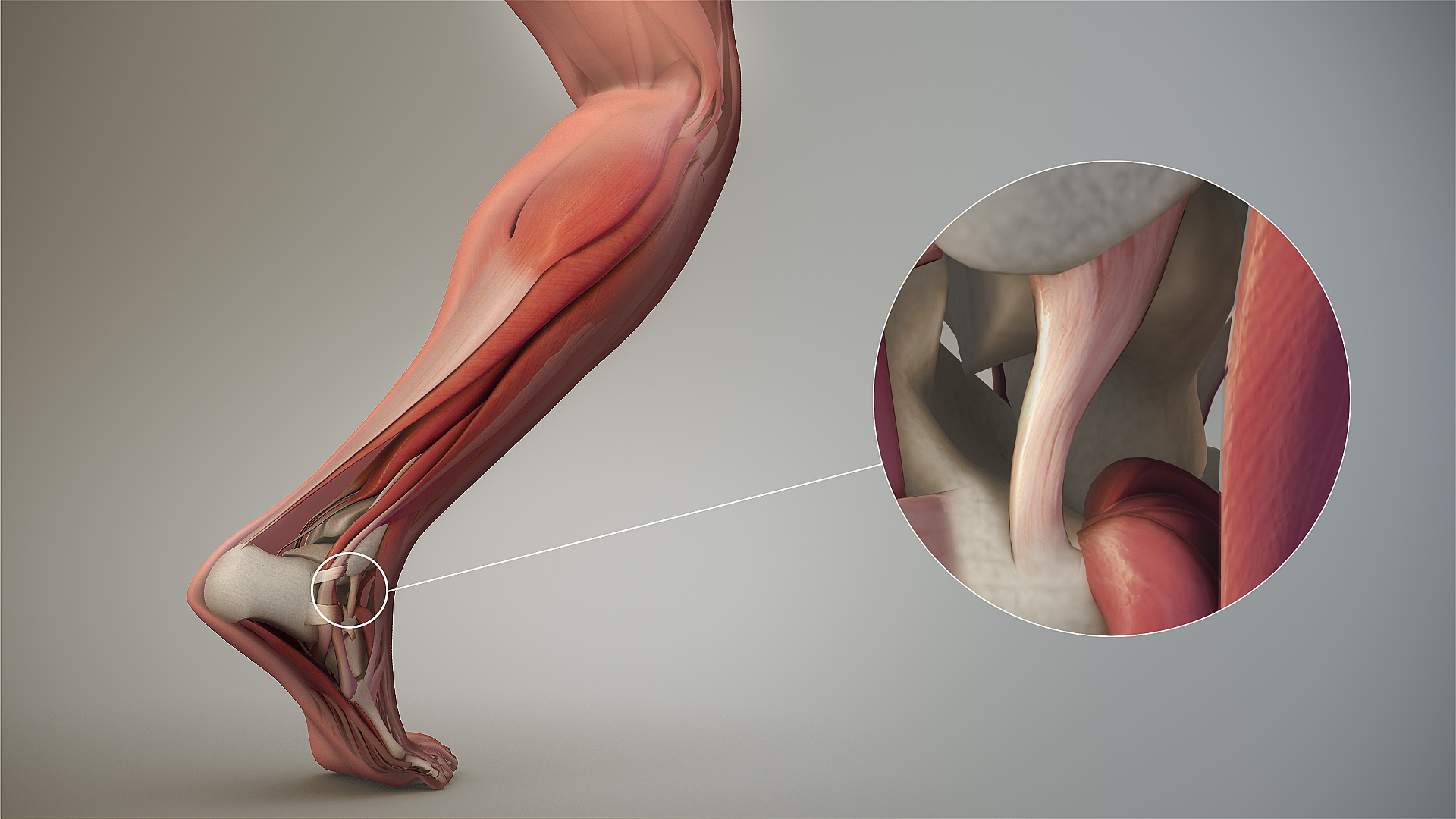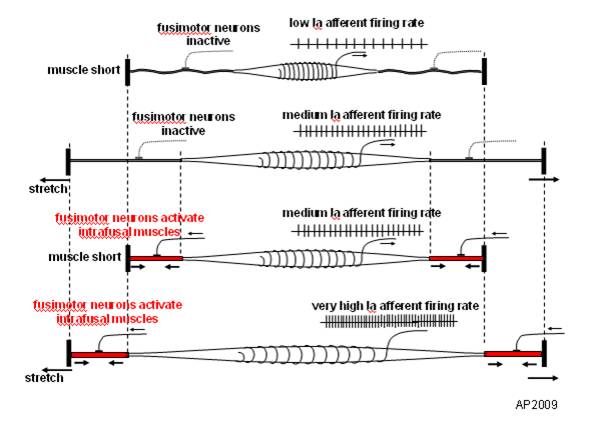Gal with creaky knees? Patellar crepitus? Does all that noise mean something?
Well, it means that knee function is suboptimal and more than likely, there is abnormal patellar tracking. But is that clinically significant? The answer is ....maybe.
This study (1) looked at over 300 women, about 1/2 with patellofemoral pain and half without looking at the following outcomes:
- the knee crepitis test
- anterior knee pain scale
- self reported knee pain in the last month
- knee pain after 10 squats
- knee pain after climbing 10 stairs
They found that if you had patello femoral pain, you were 4 times more likely to have crepitus than not, but there was no correlation of crepitus with Knee crepitus had no relationship with function, physical activity level , worst pain, pain climbing stairs or pain squatting.
We would have loved to have seen any correlation in this group with knee valgus angles (i.e. "Q" angles 2 ) and how much tibial or femoral torsion was present (as these things change pressure and contact area 3), but that will hopefully be found in the literature elsewhere.
1. , Pazzinatto MF, Priore LBD, Ferreira AS, Briani RV, Ferrari D, Bazett-Jones D, Azevedo FM. Knee crepitus is prevalent in women with patellofemoral pain, but is not related with function, physical activity and pain. Phys Ther Sport. 2018 Sep;33:7-11. doi: 10.1016/j.ptsp.2018.06.002. Epub 2018 Jun 6.
2. Emami MJ1, Ghahramani MH, Abdinejad F, Namazi H. Q-angle: an invaluable parameter for evaluation of anterior knee pain. Arch Iran Med. 2007 Jan;10(1):24-6.
3. Thay Q. Lee, PhD, Garrett Morris, BS, Rick P. Csintalan, MDThe Influence of Tibial and Femoral Rotation on Patellofemoral Contact Area and Pressure Orthop Sports Phys Ther 2003;33:686-693.





















